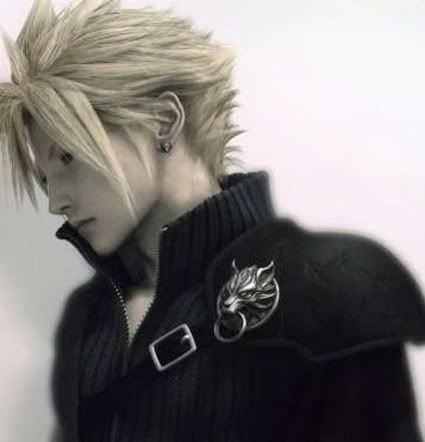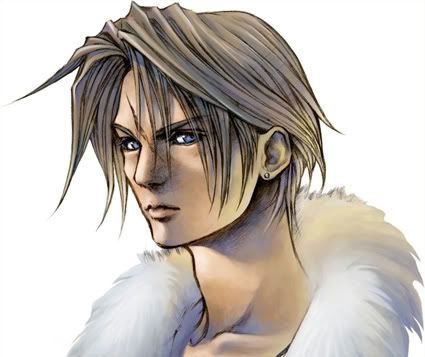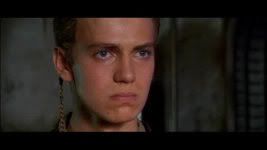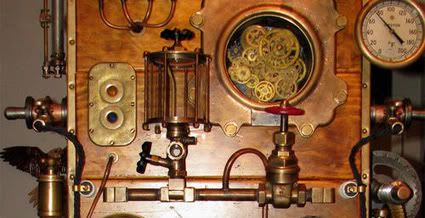Behold, Failure Fantasy Part 2! Also, cruise over to Epixaricacy for more details on one of the games I’m about to discuss.
So I’ve taken some time to talk about bad protagonists in Final Fantasy games. What, you might ask, are examples of good ones?
I’m glad you asked me that, conjectural reader.
Zidane Tribal (Final Fantasy IX)

With the exception of Amarant, that random amalgamation of muscles and hair on the left of the pictured box art, most of the characters in Final Fantasy IX have depth, emotion and plausible relationships with the people around them. Garnet, the female lead, isn’t an insufferable whiner or completely vain. Vivi is perhaps the most adorable destroyer of worlds in any of these games (unless you count Lulu’s collection of plushies from the following game) and Steiner shows us just how badass a normal guy can be when tossed into these sort of situations. As much as I could talk about them, though, and the plethora of good things I have to say about Freya Crescent, this is about the main protagonists, and in this case, it’s cat/monkey boy Zidane.
He’s not the best main character in the history of gaming, but he’s very nearly a messiah in relation to his two predecessors. From the start, Zidane’s charismatic and fun, from his lecherous gazes at passing women to his interest in both theater and music. Even when the plot begins to twist and turn back upon it self, Zidane never really loses sight of who he is and what he wants to be. In fact, it’s one of his greatest strengths – no matter what someone tells him about ‘fate’ or ‘destiny,’ he is determined to be his own person. Instead of relying on his friends to get him through his most trying time, he actually attempts to forge ahead on his own, rather than endanger them. He shows more consistency and dimension than his previous counterparts, which to me puts him head, shoulders and tail above them.
Terra Branford (Final Fantasy VI)

Zidane reminds me a bit of Locke from this game. In fact, I could discuss any of the characters from Final Fantasy VI at length, because the roster of characters from the game each have unique traits, importance to the plot and dimensions that make the more people than pixels. However, again, I must remain focused on the main hero of the game, or heroine in this case. Terra was the first female protagonist to come to a Final Fantasy game, and to this day, she remains my favorite.
While the game starts her as both an amnesiac and under the control of the game’s villainous omnicidal clown, Terra is quickly revealed to be a compassionate, sensitive and intelligent young woman. Unlike some of the other protagonists I’ve mentioned in other games, as soon as the veil of enemy control is lifted from her, she becomes introspective and self-aware, growing as a character and becoming more comfortable and confident in both herself and her friends. Her arc is well-plotted and executed without major fault, and this consistent and realistic growth adds to her appeal as a cypher for the actions and attitudes of the player.
This player, at least. Most of the opinions I’ve ventured here are purely subjective. Feel free to discuss them at your leisure and fling poo at my cage. However, when compared one against the other in terms of character growth, motivations and appeal, I hope you can see why some of these protagonists succeed while others are complete and total failures.










